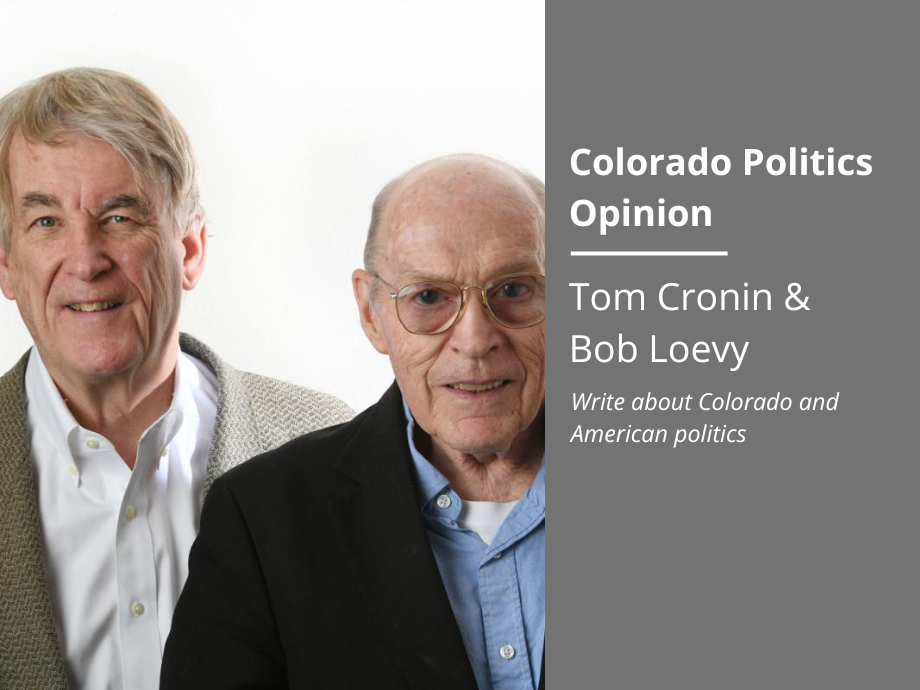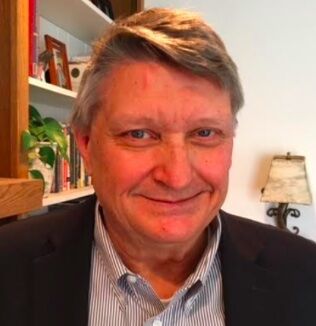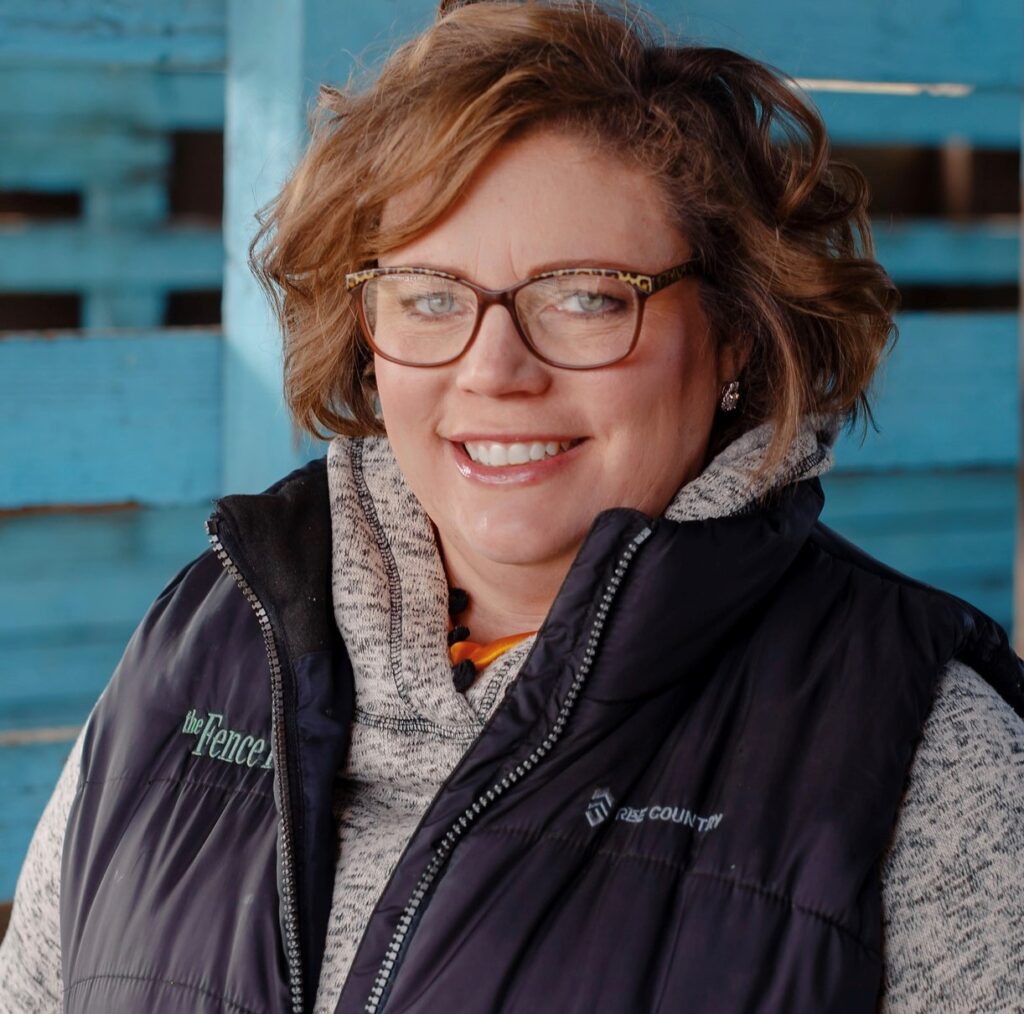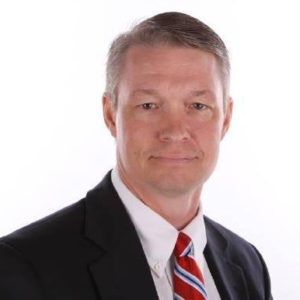Curbing Colorado’s population growth long hard to do | CRONIN & LOEVY


Concerns regarding population growth in Colorado have existed for decades. The population growth rate speeds up at certain times and slows down at others, but the overall picture is rapid population growth is a permanent part of life in Colorado.
Most, but not all, of the population growth is concentrated in the Front Range, that crowded corridor running from Pueblo in the south through Colorado Springs and Denver to Greeley and Fort Collins in the north. More than eight out of every 10 Coloradans live on the Front Range.
That is as expected. Throughout the United States, people are settling in long corridors composed of major cities. The best example is the northeast corridor on the eastern seaboard, which goes from Washington, D.C., in the south through Philadelphia and New York to Boston in the north. Another big one is San Diego through Long Beach and Los Angeles to Santa Barbara in California.
The term “Front Range” is unknown to many people and requires a lot of explaining. We recommend we call our fast-growing strip of cities from Pueblo to Greeley the “Colorado Corridor.”
A good bit of the rapid population growth in Colorado has occurred in El Paso County, two-thirds of which is the city of Colorado Springs. In the early 1970s, for a short period of time, one study found Colorado Springs to be the fastest-growing city in the United States.
Stay up to speed: Sign-up for daily opinion in your inbox Monday-Friday
Jarred by that news, the Colorado Springs Planning Department decided to do a study of whether Colorado Springs and Colorado were good places for population growth to occur in the United States. The study result was “yes.”
The lands east of Colorado Springs that were being turned into housing developments and shopping centers were mainly “low-grade agricultural lands” used for grazing cattle on large acreages. These lands were an understandable place to put some of America’s growing population. Further, the closeness of Colorado Springs and the Front Range to the great recreational uses in the nearby Rocky Mountains was an added incentive for population growth.
In the early 1970s, a political action group formed in Colorado Springs called Citizens Lobby for Sensible Growth. It pledged to slow down the population growth process, or at least to make the growth more palatable.
In the city elections in April of 1973, the Sensible Growth forces elected a majority on the Colorado Springs City Council.
Upon gaining political control, however, they found there was little they could do to affect the population growth process. People kept moving to Colorado Springs. Developers kept planning new housing developments. The new City Council had little choice but to approve new houses and new shopping centers.
One accomplishment of the Sensible Growth City Council was to pass a law requiring real estate developers to contribute land for future school sites and park sites. The net effect was to make it more desirable to live in Colorado Springs, not less desirable.
The Sensible Growth forces lost their majority on City Council in April of 1975. That was the end of organized resistance to population growth in Colorado Springs. The Citizens Lobby for Sensible Growth slowly disbanded.
In 1979, Robert Isaac was elected mayor of Colorado Springs and served almost two decades in office. During this period, city government acted favorably toward building more homes and shopping centers. Developers flourished. And, in recent city elections in Colorado Springs, campaign donations from developers and realtors played a big role in who was elected.
It is probably not population growth per se that people dislike. What they dislike is the increased crime, noise and traffic congestion that comes with rapid population growth. There is particular concern about traffic getting heavier on streets like Academy Boulevard and Fillmore Street in Colorado Springs. People who live in low-density neighborhoods get upset when high-density projects, such as large apartment buildings, are planned for nearby vacant lots.
Residents who have grown up in Colorado Springs or have lived for decades in the community lament the loss of the feel of a small or medium-sized city. There is a fear of becoming like Los Angeles, Portland or San Francisco. It is a fear that the rise in shootings, property crimes, car thefts, shoplifting and perhaps a general meanness is correlated with rapid and uncontrolled growth and densification.
But how do you keep people from wanting to live in this prize-winning city? You can’t ban developers. You can’t have a border patrol stopping people at Monument Hill and similar entry ports. You can’t stop the military from expanding their operations. No one wants to discourage tourists eager to visit Pikes Peak, Garden of the Gods, the Broadmoor and local museums.
The big challenge is seeing that city, county and state governments in Colorado keep up with population growth by providing adequate water supply, roads, highways, public school sites, park lands and other desirable public facilities. When that is taken care of by government, we find opposition to rapid population growth generally diminishes.
Water is a particular problem. Shortages of municipal water supply could hamper population growth in Colorado at some point in the future.
At this point, we want to put in a good word for the Colorado Lottery. Over the years, it has consistently provided large amounts of money for parks, open spaces, biker-hiker trails and other major outdoor recreation facilities. Those are exactly the kind of facilities that make population growth somewhat more tolerable and acceptable.
But we also have to talk about TABOR, the Taxpayer’s Bill of Rights, which has been in effect in Colorado for 31 years, since 1992. When a community is growing rapidly, each new house pays property taxes. New shoppers at the shopping center pay sales taxes. The result is tax income increases, without a tax rate increase, automatically for cities and counties undergoing rapid population growth.
Tom Cronin and Bob Loevy write about Colorado and national politics.












